
I purchased a couple IRLP Nano-Nodes from Mark, K7IZA at Micro-Node International (one in 2015 and another in 2017). The MN-6000 model is well designed and the two nodes have many hours of use “under the hood”. Without knowing a lot of the design detail, all I can say is that the unit is housed inside a custom aluminum chassis and consists of a Raspberry Pi computer, a custom IRLP board that contains an onboard UHF transceiver module, and a touch-screen display. During the summer of 2020, I heard that Mark had retired and discovered that the Micro-Node website is no longer online. One of my nodes developed an issue and I attempted to search online for assistance and found very little information concerning the issue I was experiencing. So, I feel it is my duty to publish what I have done to “repair” my MN-6000 IRLP Nano-Node in hopes that this will help others.
SD CARD CORRUPTION
When powered up, my IRLP Nano-Node would no longer fully boot up. The operating system for the node is stored on a micro SD card on the Raspberry Pi computer. SD cards don’t last forever and only have a limited number of read-write cycles before they go bad. The one action that will destroy the SD card is constant power on/off cycles of the unit without performing the proper shutdown procedure. Unplanned power cycling can be caused by: commercial power outages at home, loss of cigarette-lighter-plug power in a vehicle when cycling the vehicle key, loose connections to the power source, dead batteries in a battery pack (being used to power the Nano-Node), or a faulty power supply (a faulty wall-wart for instance). Eventually, the unplanned power on/off cycles could corrupt the SD card and prevent the Nano-Node from functioning going forward. That is what happened to my unit. In my case, the wall-wart power supply was faulty and could not provide enough current to fully sustain operation of the Nano-Node.
The MN-6000 Nano-Node requires 7-18 VDC supplying at least 1 Amp. When the wall-wart can no longer supply the 1 Amp (due to failing components inside the wall-wart), the result could be intermittent power cycling of the Nano-Node– which is bad for the SD card! Eventually, the unit could fail to boot up due to a corrupt SD card.
This is how I troubleshot my IRLP Nano-Node, eventually bringing it back to life.
OPEN UP THE IRLP NANO-NODE
The warranty of my Nano-Node has long expired, so I felt comfortable taking the cover off. You do what you do based on your own comfort level and based on the policy of your warranty.
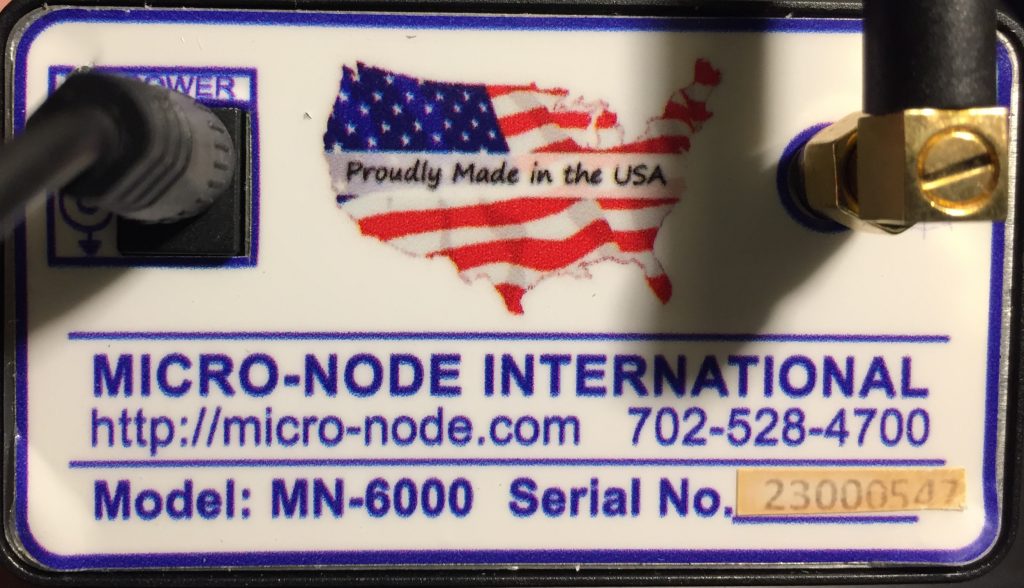
To reveal the SD card, I removed the cover from the antenna-side of the unit. The screws are located in the corners under the foil label.
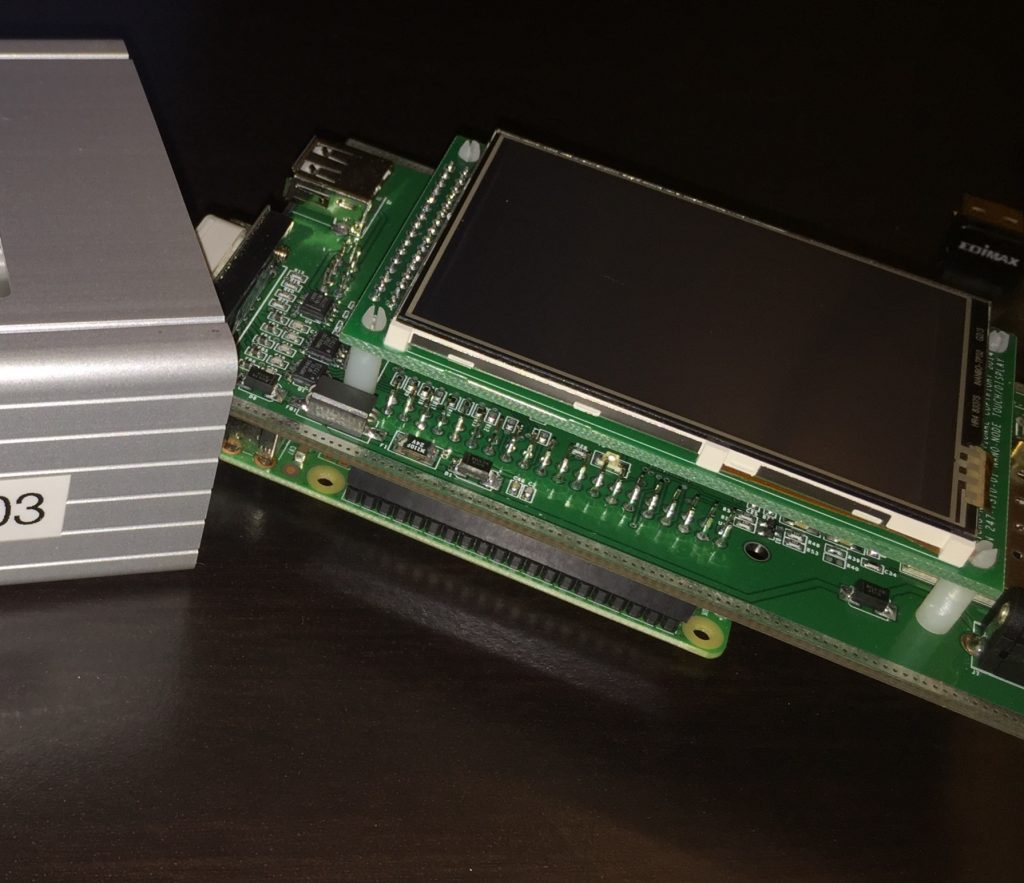
I separated the circuit board from the chassis by carefully sliding out the board. The USB WiFi adapter may prevent this and will have to be unplugged.
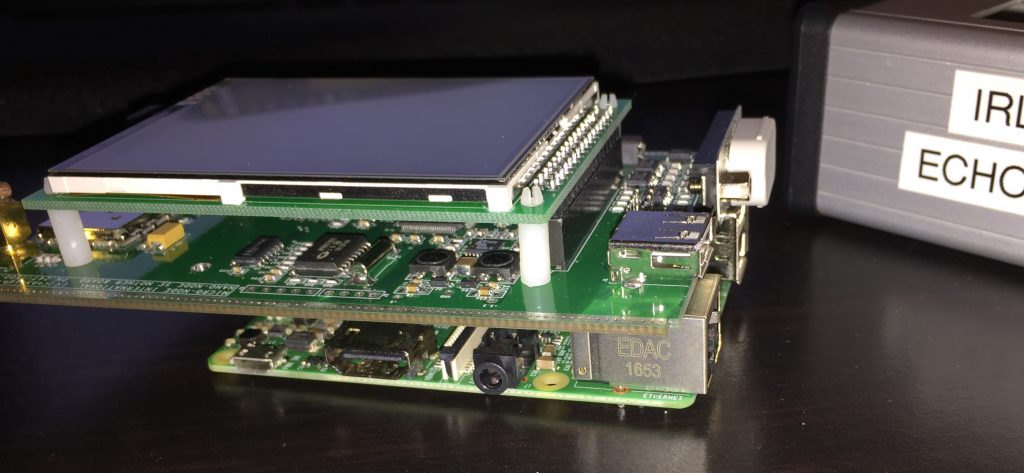
I plugged an HDMI computer monitor into the HDMI connector on the Raspberry Pi. I did this so that I could monitor the start-up sequence of the operating system to see where it was failing. There really wasn’t anything I could do with this information, but thought that perhaps taking a photo of the data on the computer screen could help with the troubleshooting process.
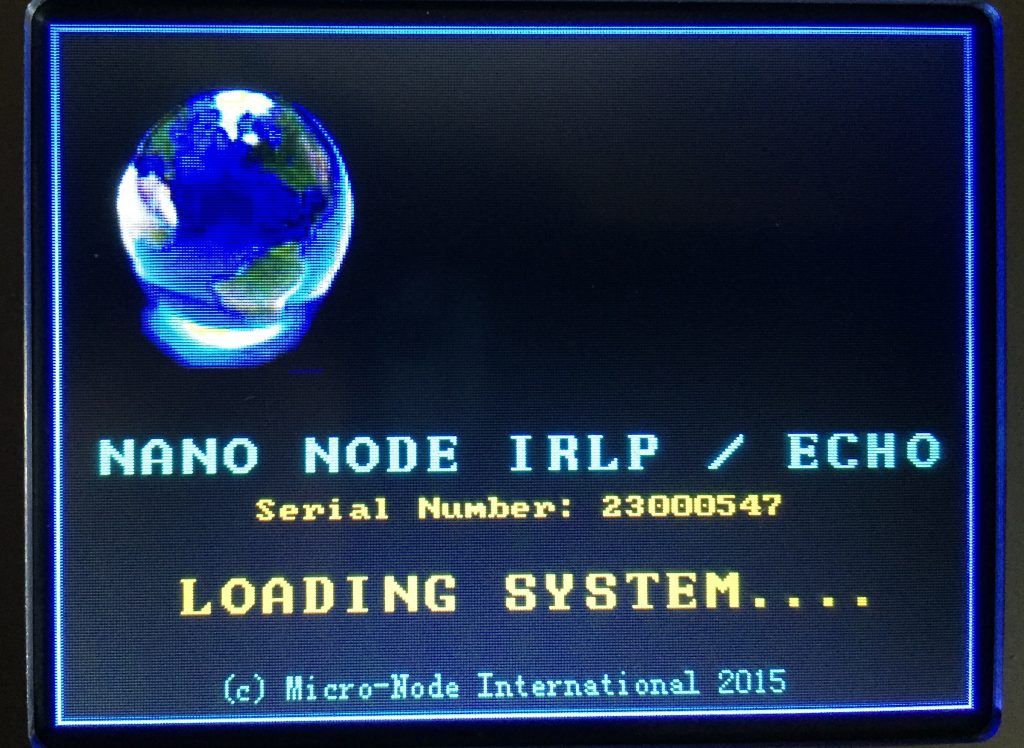
This is where my unit failed:
- When first powered up, the “INITIALIZING” screen appears.
- Then the “LOADING SYSTEM….” screen appeared, next.
- My unit was stuck on the “LOADING SYSTEM…” screen and would not move passed this point– for days (forever).
- When watching the start-up sequence on the HDMI computer monitor plugged into the Raspberry Pi, the sequence failed at the “RC.IRLP” loading step.
I am not certain, but I believe this is the point when, during the booting process, the node transmits and says, “IRLP ENABLED.” My node never transmitted this message and remained stuck on the “LOADING SYSTEM…” screen. I later learned the reason for this was that a faulty power supply did not supply enough current to powerup the transmitter, resulting in a voltage dip, which resulted in the node power cycling on/off/on.
BACK UP micro SD CARD
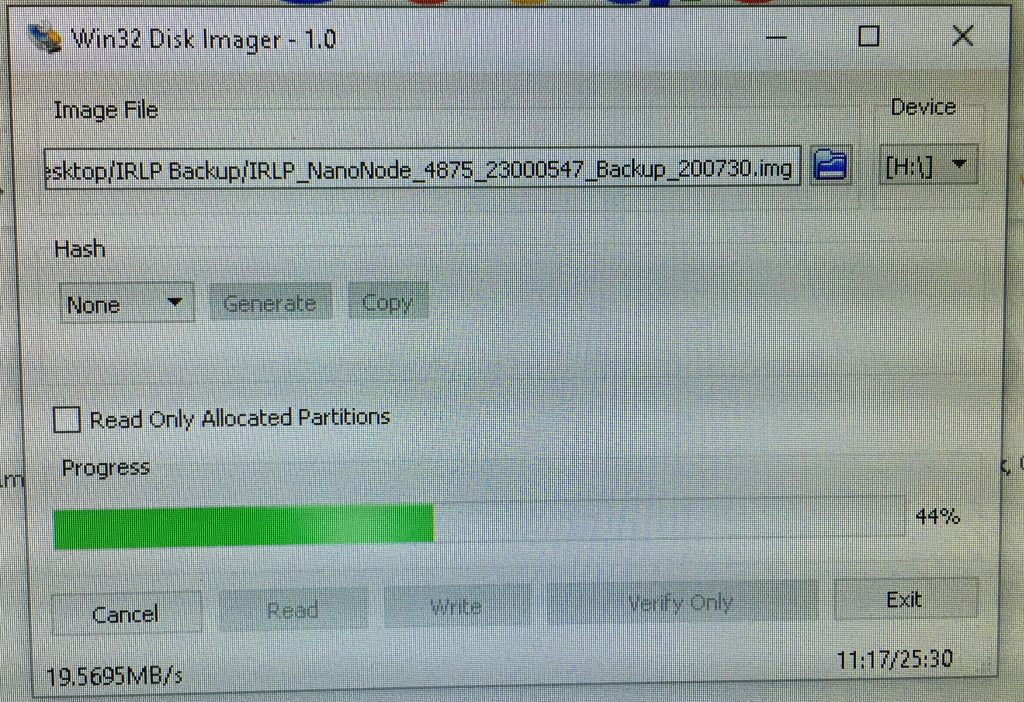
First, I removed the power from the Nano-Node and pulled out the micro SD card. Using Windows Win32 Disk Manager- 1.0, I made a copy of the image of the original SD card and saved it to my computer. I first believed the files on the original SD card to be corrupt, so I assumed that I was simply making a duplicate of the corrupt files, which would have been pointless. There was a slight chance that the files were fine and the SD card was corrupt and would no longer accept file-writing. Either way, I followed through with this process, anyway.
- I created an image file and saved it on my computer.
- I used this newly created image file to burn a new micro SD card.
- I installed the new micro SD card into the Nano-Node.
REPLACED THE POWER SUPPLY
It was at this point that while I watched the HDMI monitor during the booting sequence, I notice that the program successfully went passed the “RC.IRLP failed” point and continued to boot properly. Then, the Nano-Node power-cycled and reboot, again. Soon, the Nano-Node power-cycled, again and reboot a 3rd time. Finally, the Nano-Node worked it’s way passed the “LOADING SYSTEM….” screen (while watching the touchscreen) and came to life. IT WORKED !! Soon after this, the unit powered off and then reboot, again. This is when I realized that the power supply (a 12 VDC wall-wart) was faulty.
- I replaced the power supply (wall-wart) with a brand new one.
The Nano-Node WORKS !!!!! The node has remained powered up for a couple days without any issues, and I’ve talked through it more than 5 hours since. The unit is stable once again.
CONCLUSION
My MN-6000 IRLP Nano-Node is working flawlessly, now. I’ve been using it for days without issue. So, I have some advice for everyone whom owns the MN-6000 IRLP Nano-Node, produced by Mark, K7IZA of Micro-Node International.
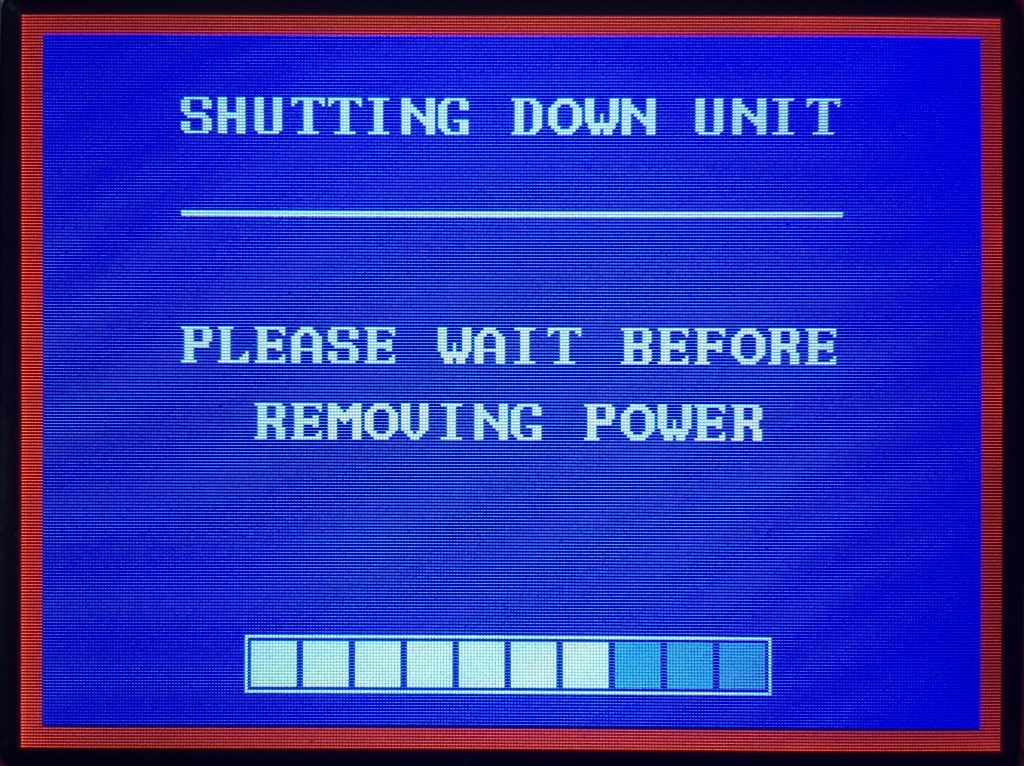
- NEVER removed power from the unit without performing a Shutdown Sequence.
- ALWAYS make a backup of the micro SD Card inside the unit and keep it in a safe place.
- ALWAYS use a reliable and stable power supply that provides at least 1 Amp of current (or more) to prevent intermittent and random power loss to the unit.
I hope that this article helps somebody. If you find this helpful, please send me an email and let me know.
Thanks to Howard, KD8DBF for the opportunity to serve, and to my friends on the East Coast Reflector for the encouragement.
73 de KB0p

